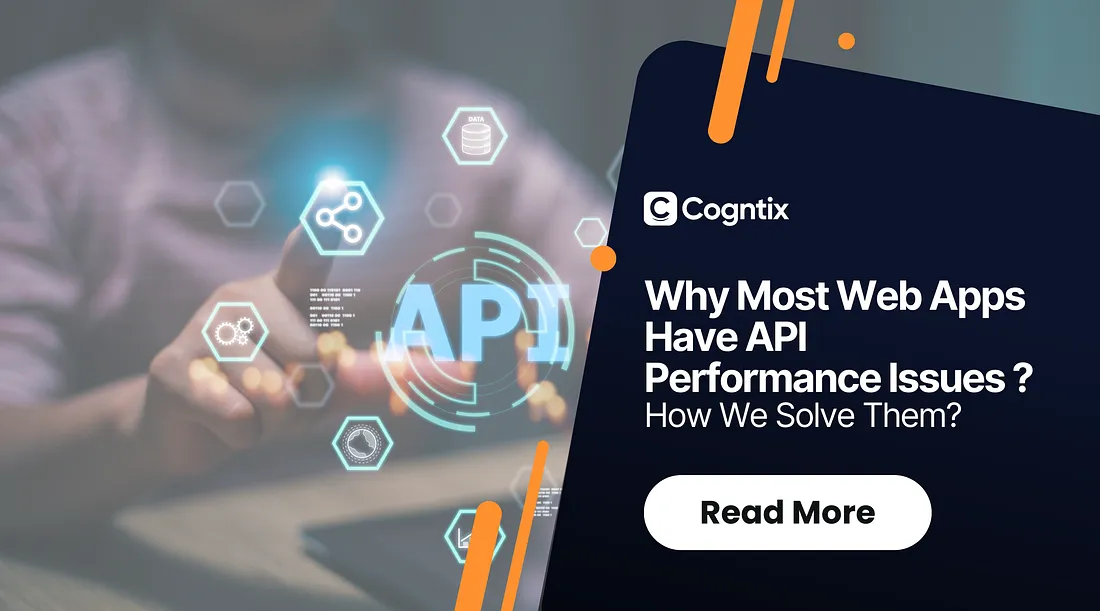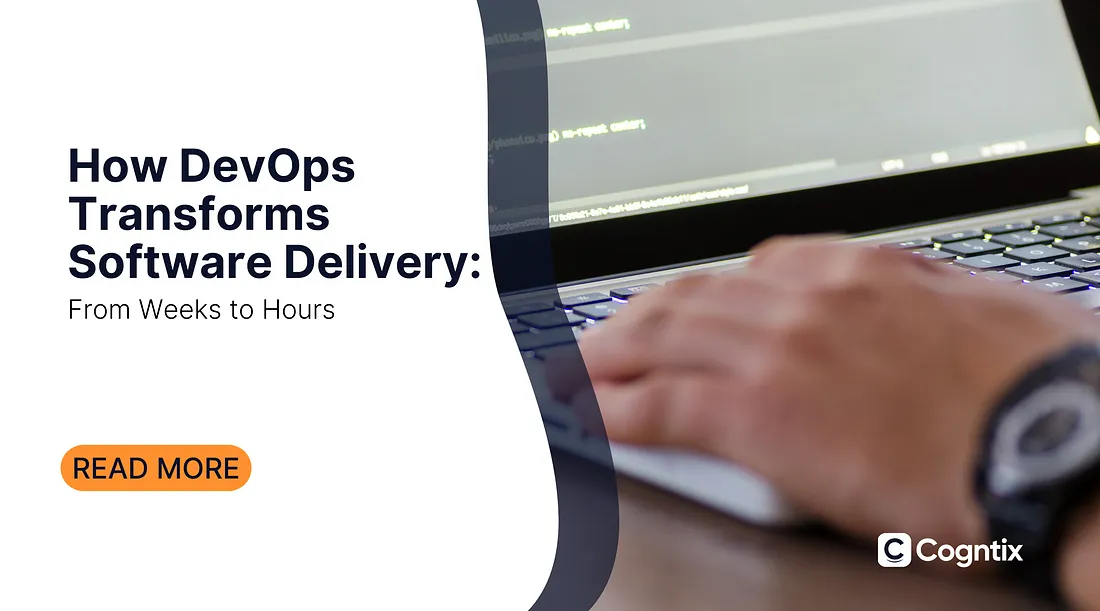Web apps are supposed to be fast, efficient, and scalable, but if you’ve ever dealt with slow response times, high latency, or random crashes, you already know that API performance is often the weakest link.
We’ve worked with clients who built solid applications, only to realize their APIs couldn’t handle real-world traffic. Pages load painfully slow, third-party integrations break without warning, and customers abandon the app before they even see its full potential.
At Cogntix, we’ve seen it all: APIs overloaded with unnecessary requests, poor database queries dragging response times down, and misconfigured caching that does more harm than good. The good news? These problems are fixable.
The Real Reason Your API Is Slowing Down Your Web App
Most API performance issues don’t come from a single bottleneck. It’s usually a combination of bad architecture, unoptimized queries, and poor resource management. Here’s where things go wrong:
1. Overloaded APIs with Unnecessary Calls
Every API request takes processing power. But what happens when your app sends multiple requests for the same data?
Too many redundant calls slow down the entire system, increasing server load.
How We Fix It:
Instead of making separate API calls for each piece of data, we consolidate them into a single, efficient query.
Frequently requested data doesn’t need to hit the database every time. We use Redis, Memcached, or CDN caching to reduce API load.
2. Slow Database Queries That Drag Everything Down
Your API might not be the problem, your database might be the real bottleneck. If every API request runs complex, unoptimized queries, response times will crawl.
Queries fetching too much data, missing indexes, and inefficient joins cause long response times.
How We Fix It:
We analyze query execution plans and optimize indexes to ensure lightning-fast lookups.
We offload heavy queries to read replicas, reducing the strain on the primary database.
Instead of returning 100,000 records in a single API response, we implement proper pagination.
3. Poorly Configured API Rate Limits and Security Issues
A web app should handle thousands of users at once, but without proper rate limiting, a few bad actors (or an unexpected traffic spike) can take down your API.
APIs without rate limits are vulnerable to abuse, leading to downtime and security risks.
How We Fix It:
We use API Gateway rate limiting to prevent excessive requests.
Secure API access with token-based authentication instead of relying on weak API keys.
Distribute requests across multiple API instances.
4. Lack of API Monitoring and Performance Tracking
You can’t fix what you don’t measure. Many web apps don’t track API performance, leading to blind spots when issues arise.
Slow API responses go unnoticed until customers start complaining.
How We Fix It:
We track API latency, error rates, and request volume in real-time.
Debugging becomes easier with distributed tracing that tracks API requests from start to finish.
If response times spike, we get notified before users even notice.
Your Web App Deserves Faster, More Reliable APIs
At Cogntix, we don’t just fix slow APIs, we build them to perform from the start. By optimizing queries, implementing smart caching, and designing for high traffic, we ensure your web app runs smoothly, no matter the demand.
A slow API doesn’t just frustrate users, it costs you business. But these issues can be solved. If your app is struggling with speed, downtime, or scaling problems, let’s fix it before your users notice. Let’s talk.
Written by: Gayathri Priya Krishnaram (Digital Content Writer at Cogntix)




